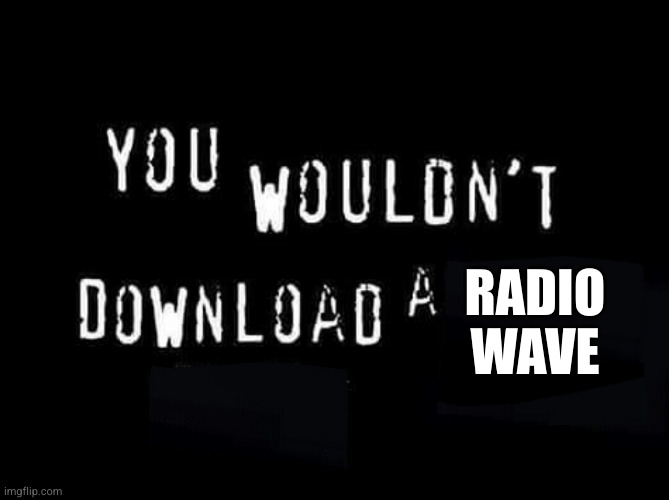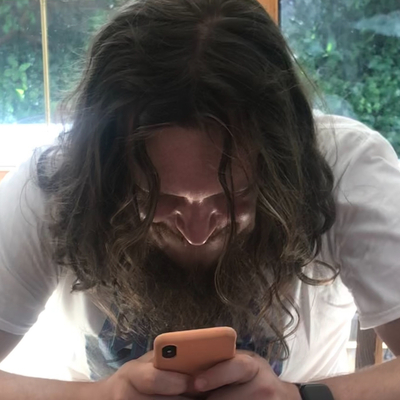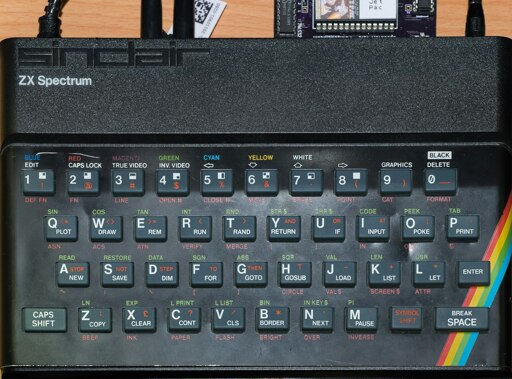- cross-posted to:
- games@sh.itjust.works
- cross-posted to:
- games@sh.itjust.works
cross-posted from: https://feddit.org/post/10042126
Reminds me of TV remotes that worked with sound. Both before my time but very interesting to read about.
Most notably the Zenith Space Command
https://www.theverge.com/23810061/zenith-space-command-remote-control-button-of-the-month
tl;dr: There are little “chimes” of different lengths that produce sound when struck. The sound is higher than what humans can hear. The four buttons on the remote lift strikers and then drop them against the chimes. It’s basically a toy piano.
We had one when I was a kid, hand-me-down from grandma. We also had a dog who wore a fairly loose stainless steel choker chain. When he’d bounce around, the chain links would clink, occasionally turning the TV on/off, changing the channel, muting the volume.
I had a cheap programmable multicolor LED lightbulb that used this technology but worse, as it used audible chirping produced by an app. The beeps were earsplittingly high pitched and had to be played LOUDLY to work.
Occasionally the bulb sensor would hear god knows what noise from outside (nothing in that neighborhood sounded even remotely like the app’s digital harpy screeches) and SUDDENLY ACTIVATE ITS PARTY STROBE LIGHT MODE.
I let my roommate keep it when I moved out.
The phone system worked like that! Rumors had it some people could do the sound to a number …
Phreaking, if you’d like to explore it more.
After the rotary phones who used “ticks” to spell out numbers (you could hang up quickly to spell phone numbers, like click-click-click meant “2”) the newer used sound burst, or short beeps. Beep, boop, baap meant like 735. You could buy a little beeper that dialed a phone number for you. History goes people could mimic the beeps to dial a number, like taking up a phone and go beoueoeop and call comeone.
Phreaking (van eck) is when you listen in on radio waves from electronic equipment, as cool as it is, it has nothing to do with this little information nugget :-)
https://en.m.wikipedia.org/wiki/Phreaking
Your use of the word is probably also valid, but this is the more known form at this point.
When I was a kid my parents still called the remote control a “clicker” because of these.
This reminds me that I once read about a Thompson Twins game that was distributed as a flexi disc record. In order to actually play the game it had to be copied to a cassette first. Apparently it’s pretty rare, since it was only available as a bonus with a specific issue of a magazine.
It’s so gratifying to hear from people on the internet who are older than I am. And this article reads like it bounced off a Listserv to a yahoo email address.
You don’t even need to go that far to see this technology in action. In the Eastern Europe we got microcomputers pretty late but that also meant our journey through the technological advancements from 1990 to 2010 started with a trickle of obsolete western stuff but then became a wild rollercoaster ride. At close to 40 I remember games being transmitted on the scout radio. You could also get games from magazines which simply printed source code.
As Wi-Fi is a form of radio technology, we still basically do this today.
mmmm, that’s the good stuff
videogames killed the radio star.

I updated the calendar function on my watch with a windows 3.1 program that flashed the screen black- and- white in an epileptic nightmare.
You put your watch into update mode, and then held the face towards the computer screen.
Edit: behold the Timex Datalink
:O ?!
I need to see this thing!
About 20 years ago, there was an art/tech project for distributing Linux Source code by radio. Probably not very practical in reality, but a lovely concept.
Had never heard of this, and my first computer had a tape drive. Went to a tiny computer camp and we had a sweet D&D game, but it took 10-minutes to load, if it didn’t fuck up. Had to start it before our break or we’d only have 5 minutes to play.
Nearly as unbelievable, the other way to distribute software was to publish in gaming magazines.
Yes, all the code was printed onto the pages of a magazine. And then young nerds bought these magazines and spent days or weeks manually typing in and debugging the hundreds of lines of BASIC to run some game. And then the magazine would be passed onto the next nerd, like comics and pornography.
My own miserable system was a TI 99/4a with a cassette player for data storage. It sounded like a dial-up modem. I typed in a lot of programs and stored them on tapes. Then I started tearing the developed work apart and building my own stuff. It was years before I could call myself a programmer. (I was twelve.) Line-number BASIC sorta ruined me, actually. Learning about object-oriented functions was quite difficult after starting out with GOTO and GOSUB.
This is fascinating to me, such a shame that these PCs didn’t reach my country back then, I’ve never ever seen one personally, not even in videogame museums.
I’m pretty sure WiFi is a kind of radio signal…









